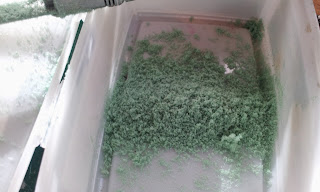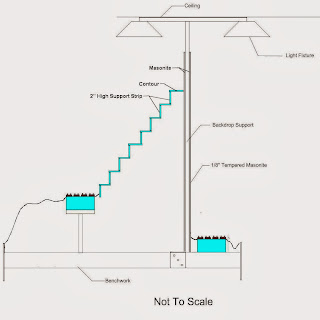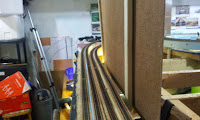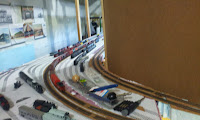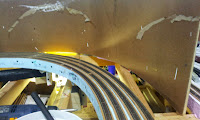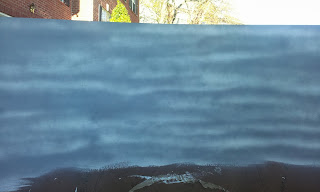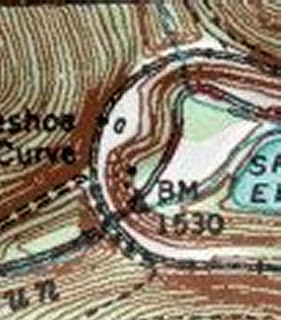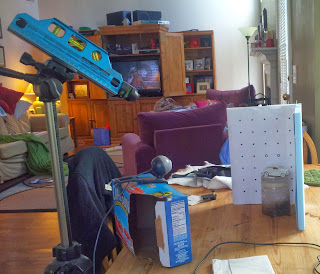 |
| Ominous, Isn't It. |
 |
| Laser Scanner |
The fact that the data can be manipulated means that it can be stretched in any direction or enlarged or reduced. You can for instance, scan a real 1940 Ford Tudor sedan and re-scale it to any size desired (no joke). Using a 3D printer you can re-size it to produce a 1/25th scale replica, or for that matter, reduce it to 1/160th scale.
I first stumbled across David when I was creating digital models for train simulators. Building realistic digital models takes just as long or longer than real models. Some of the shapes we take for granted, such as 1940 Fords, are very hard to re-create. Scanning a ready made Ford would be much easier. I had this idea that I could shorten the process by scanning objects into my 3D modeling software.
While some models, like my Baldwin passenger sharks and centipedes, could be reproduced through this process, I still have to build the first model to have something to scan. There are however a jillion other objects the layout could use that are readily available, but not in 1:160 scale. With David, I might be able to reproduce these items. It's similar in some ways to using Hydrospan for shrinking castings, but with a lot less mess.
The software essentially creates a cluster of data points, called a point cloud, representing the scanned object. The spatial data we used in the train simulators uses the same technology...
This point "cloud", as it's called, is the basis for a three dimensional mesh. The mesh can be used for a number of purposes such as creating three dimensional terrain...
Granted, the terrain data was scanned from a satellite and is infinitely more complex than scanning a sugar bowl on the kitchen table. The point is that as long as I can scan a real object I can digitize it. If I can do that, then chances are good that I can have it printed by a 3D printing service.
While some models, like my Baldwin passenger sharks and centipedes, could be reproduced through this process, I still have to build the first model to have something to scan. There are however a jillion other objects the layout could use that are readily available, but not in 1:160 scale. With David, I might be able to reproduce these items. It's similar in some ways to using Hydrospan for shrinking castings, but with a lot less mess.
The software essentially creates a cluster of data points, called a point cloud, representing the scanned object. The spatial data we used in the train simulators uses the same technology...
| Geo-spatial Point Cloud |
| Geo-spatial Simulation |
Granted, the terrain data was scanned from a satellite and is infinitely more complex than scanning a sugar bowl on the kitchen table. The point is that as long as I can scan a real object I can digitize it. If I can do that, then chances are good that I can have it printed by a 3D printing service.
I'm still playing with the gadgets and software. The best scan I've gotten so far is a salt shaker. I'm getting a lot of "noise" during the scan and still have to figure out what's causing it. Once I do that '40 Ford could end up parked at Altoona station.
Regards,
Regards,


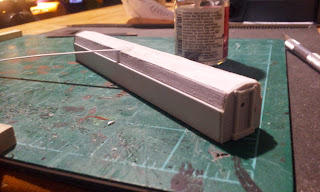




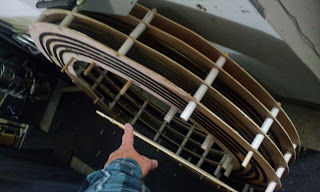
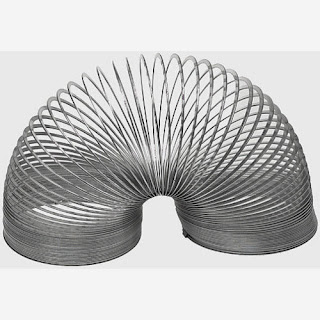


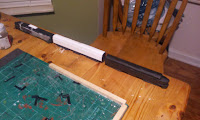
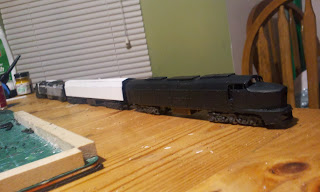



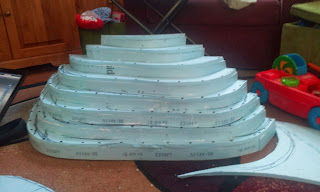
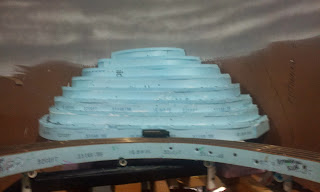
.jpg)
